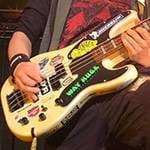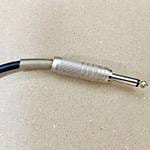Hello, this is Conservario.
Are there any beginners out there who are thinking, “I want to play my favorite song, but it seems too difficult...”?
You may be wondering whether it’s okay to force yourself to start practicing, or if it’s better to raise your level with an easier song first.
I’d like to share with you the method I actually use in my lessons.
To sum it up:
“If you have someone around you who can teach you, it’s fine to start with your favorite song. However, if you’ve been learning by yourself and don’t have anyone to guide you, it’s better to start with easy songs and basic practice while working on your favorite song.”
If you have a skilled person around you or are taking lessons, it’s okay to start with any song.
If you run into parts that are difficult or that you don’t know how to play, you can get help.
If that person also has knowledge of arranging or reharmonization, they can modify the song to make it easier to play without losing its original vibe. If you start to develop bad habits in your left or right hand, you can get guidance.
So, you can confidently start with your favorite song, but I also recommend following the advice of the skilled person and incorporating some basic practice.
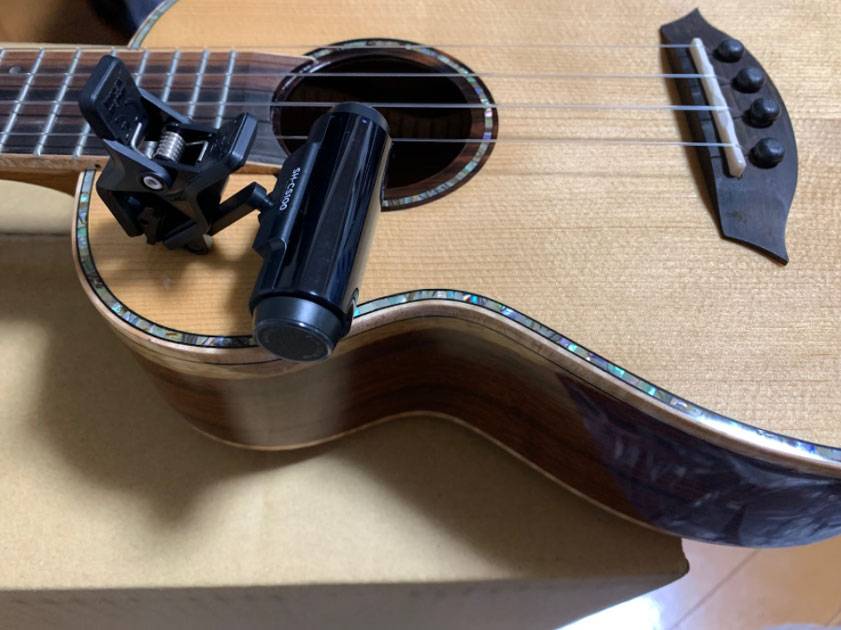
Now, let’s get into the main point.
Starting with your favorite song applies if you have someone to teach you.
If you’ve been learning by yourself with books or videos, and don’t have anyone nearby to guide you, forcing yourself to practice a difficult song could be risky.
There’s a high chance that you’ll become an ukulele player with a sloppy performance.
For example, if you can’t play chords like C or Am properly, practicing more complex chords like E7 or B♭ won’t be very useful.
It’s not completely useless, but there are many other things you should do first.
It’s definitely more beneficial to be able to play the diatonic chords in the key of C.
If you don’t even understand terms like “key of C” or “diatonic chords,” forcing yourself to play difficult chords won’t connect to actual performance or improvisation.
When I teach someone who’s been learning on their own for a while, I often feel that their knowledge and playing are somewhat unbalanced.
This is understandable because instructional books and lesson videos aren’t tailored to your playing level or musical knowledge.
It’s impossible for someone who’s never seen you or your performance to suggest the best way to practice or the ideal songs for you.
So, they can only provide information that applies to most people.
“So, what should I do if I don’t have anyone nearby to teach me and can’t take lessons?”
Don’t worry, that’s actually the majority of people.
As I mentioned earlier, you can start by practicing easy songs and basic exercises while also working on your favorite song.
Easy songs refer to ones with simple chords and strumming.
If you look up or try playing songs, you’ll find there are plenty of simple and easy songs you can play quickly.
“Stand By Me” is a typical example of an easy song.
It only has four chords, and they repeat throughout the song.
The strumming is also not particularly difficult, so once you get the hang of it, you can play it easily.
Start by adding simple songs like this to your repertoire.
The experience of successfully playing one song will definitely be useful in the future.
Make sure to do basic practice alongside it.
The goal of basic practice is to get your left and right hands moving how you want them to.
Even playing “Do Re Mi Fa Sol La Ti Do” can be effective.
There are exercises like chromatic scales to balance your left and right hands and to train your fingers to move independently.
If you search, you’ll find plenty of sheet music and videos, so try different exercises that suit you.
Before practicing your favorite song, make sure to do thorough basic practice and easy songs.
That way, you won’t develop bad habits and will be able to play your favorite song much quicker.
■ Conclusion
I’ve shared how to progress when your favorite song seems difficult to play. This comes down to whether you learn on your own or take lessons, and I think either option is fine.
If you’re aiming to be a professional, studying at a music school or with a professional is the fastest route, but these days, it’s entirely possible to learn on your own.
We live in an era overflowing with information and music that you could never fully absorb in a lifetime.
However, beginners can’t always tell whether the information is correct.
Once you reach a certain level, you can judge for yourself, but until then, I recommend learning from someone skilled and trustworthy nearby.
I can only imagine what level the readers of this column are at and what kind of music they want to play.
So, I’ve introduced a method that applies to most people, but it might not be useful for everyone.
Ultimately, you should decide what method works best for you.
If you practice with the understanding that “this practice leads to playing my favorite song,” then it doesn’t matter if you take lessons or learn on your own. However, be careful, as practicing in ways that don’t lead to progress is not only meaningless but can also set you back.
Correct practice will definitely yield results.
Let’s work together toward the goal of playing your favorite songs!
Thank you for reading until the end.
The “sound & person” column is made up of contributions from you.
For details about contributing, click here.






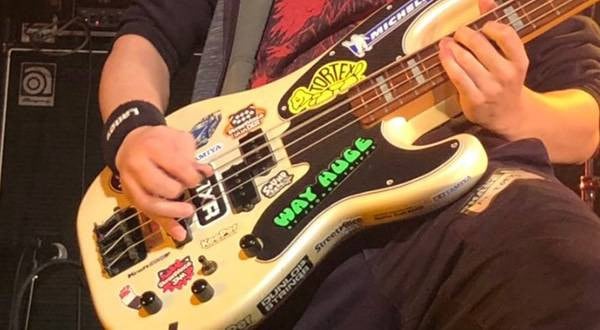
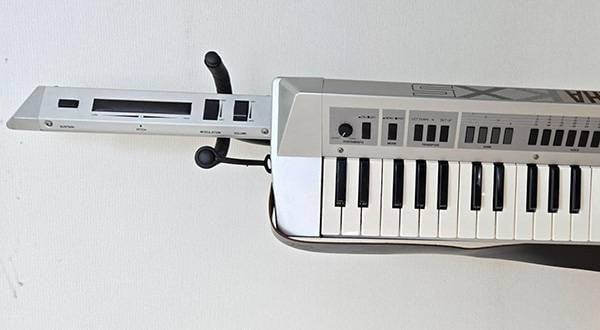
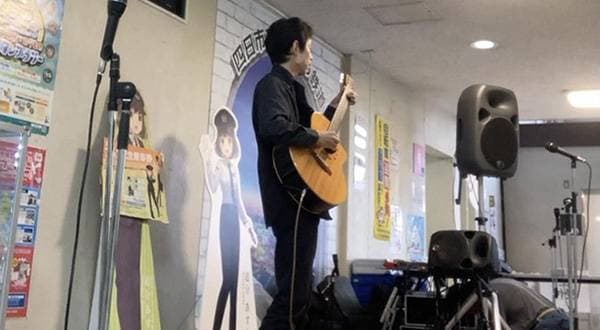
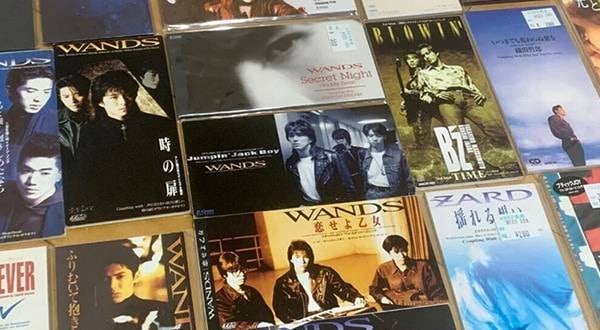
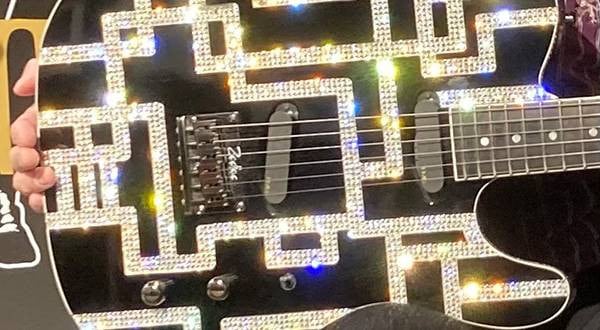
![[Enjoy the Ukulele Even More!] Listen to Skilled Musicians Play](/contents/uploads/thumbs/5/2022/3/20220328_5_17282_1.jpg)
![[Enjoy the Ukulele Even More!] Are You Practicing A Lot, But Still Can’t Get the Chords to Sound Good?](/contents/uploads/thumbs/5/2022/3/20220328_5_17277_1.jpg)
![[Enjoy the Ukulele Even More!] Mastering Downstrokes and Upstrokes](/contents/uploads/thumbs/5/2022/3/20220328_5_17270_1.jpg)
![[Enjoy the Ukulele Even More!] Thinking About Playing a Sound](/contents/uploads/thumbs/5/2022/3/20220317_5_17099_1.jpg)
![[Enjoy the Ukulele Even More!] Hacks to Keep Your Strings Going Longer](/contents/uploads/thumbs/5/2022/3/20220317_5_17094_1.jpg)
![[Enjoy the Ukulele Even More!] For Those Who Feel Their Strumming Has Become Repetitive](/contents/uploads/thumbs/5/2022/2/20220228_5_16890_1.jpg)
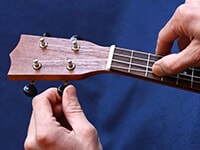 ウクレレのチューニング方法
ウクレレのチューニング方法
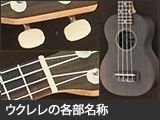 ウクレレの各部名称
ウクレレの各部名称
 ウクレレの種類
ウクレレの種類
 ウクレレスタートガイド
ウクレレスタートガイド
 めちゃラク!ギター講座
めちゃラク!ギター講座
 ウクレレ初心者講座
ウクレレ初心者講座
